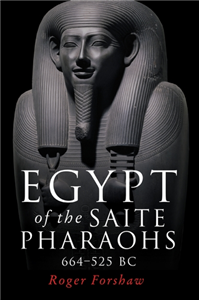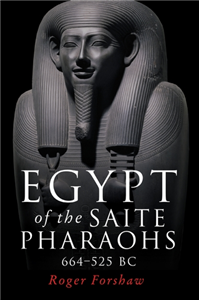Friendship among nations
History of a concept
by Evgeny Roshchin
This is the first book-length study of the role that friendship plays in diplomacy and international politics. Through an examination of a vast amount of sources ranging from diplomatic letters and bilateral treaties, to poems and philosophical treatises, it analyses how friendship has been talked about and practiced in pre-modern political orders and modern systems of international relations. The study highlights how instrumental friendship was for describing and legitimising a range of political and legal engagements with foreign countries and nations. It emphasises contractual and political aspects in diplomatic friendship based on the idea of utility.
















